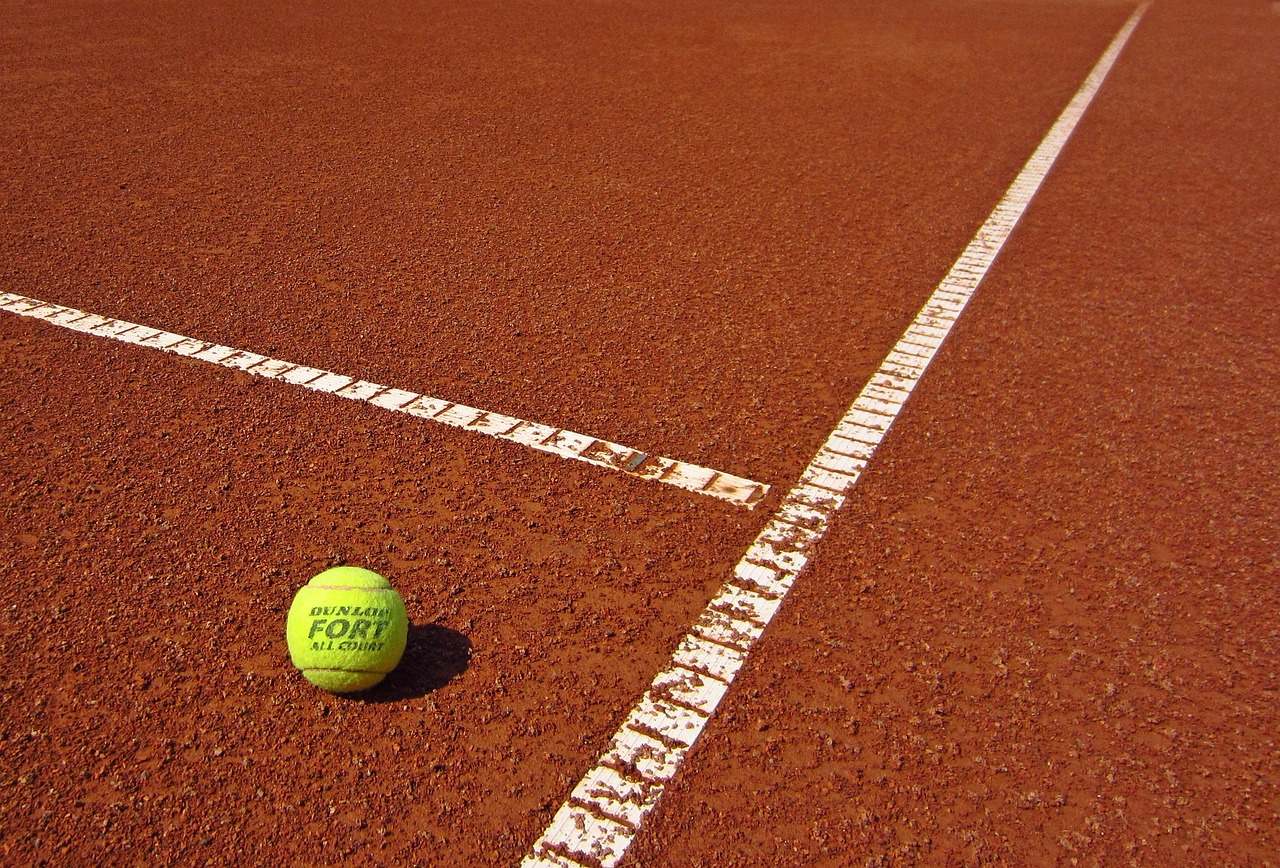Is Strategic Doing efficient?
Is Strategic Doing efficient? More to the point, should it be, and if so, in what ways? I’ve found myself asking this in the last few weeks as I digested the April Third Thursday, in which we got to watch AI “collaborate” in real time using Strategic Doing (watch the video if you weren’t there). And what does that have to do with the tennis photo in this post?
Comparing Strategic Doing to Strategic Planning

Whether Strategic Doing is efficient depends on what the desired outcome is. Even to compare it to strategic planning (which it often is) is not quite the right angle. Yes, it is more efficient than many strategic planning processes in getting a group to identify and execute on a strategic opportunity. A three-hour workshop led by a skilled Strategic Doing workshop leader can be a transformative experience for a team, opening up collaborative possibilities they had not seen before and often restoring a sense of optimism and what the social scientists call “group efficacy” (the sense that the group can make things happen for themselves).
The Real Deliverable
We often tell new practitioners that while it’s important to get to a good Pathfinder project and action plan in the workshop, the real “deliverable” is a group that is starting to build the stores of psychological safety and trust to power real impact. That’s an outcome that resists our attempts to make any process – including Strategic Doing – more efficient. There are some good guiding practices that can help the group get there – and some bad habits many people have picked up that can prevent a group from getting there. In the end the only way a team really becomes a team is by spending time together, sharing experiences and opinions (and sometimes working through wildly divergent opinions), and most importantly, seeing the evidence of which members of the group are really prepared to take action. Tools like AI may be able to provide an important assist in Strategic Doing, but not by making it more efficient in the sense of saving time – the team still needs to spend those hours together; it can just be on more added-value tasks, perhaps.
The Tennis Connection
So what’s the tennis connection?
I’m a fan of sports writing – it’s no secret that it’s often the best-crafted, most evocative writing in journalism. This article from The Atlantic is a great example and speaks eloquently to this question of efficiency. Racket technology and training techniques have made the one-hand backhand stroke an endangered species in tennis…but (the writer argues) something important has been lost in that transition. There are other examples in sports that I’ll leave it to you to read about. To return to where I started in this post, the value of efficiency is dependent on the outcome that’s desired.
What Are Your Collaborative Goals?
What’s the outcome that you’re looking for with your collaborative groups? If you’re curious about how Strategic Doing can help your teams, check out one of our upcoming trainings.

Liz shepherds the expansion of the Lab’s programming and partnerships with other universities interested in deploying agile strategy tools. A co-author of Strategic Doing: 10 Skills for Agile Leadership, she also focuses on the development and growth of innovation and STEM education ecosystems, new tool development, and teaching Strategic Doing.
